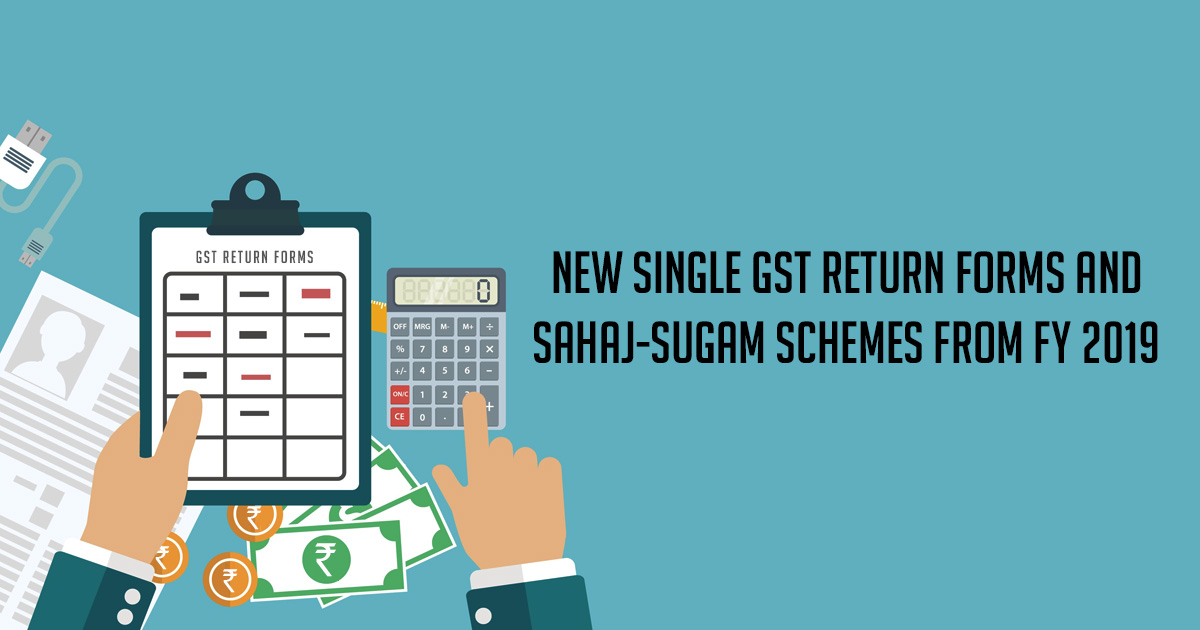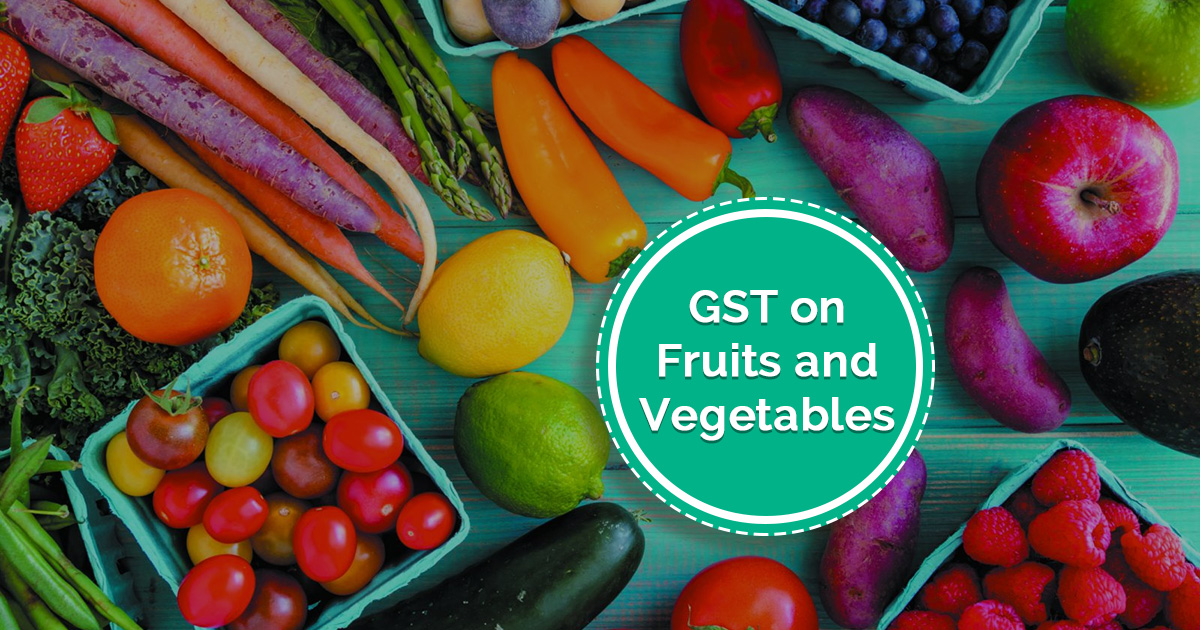A more simplified set of return forms was a major point of discussions across all recent GST Council meetings. The same was reported by us on many occasions. We are now also informed that the new layouts for GST Return Forms have now been approved by the Central Government and the GST Council. These new set of GST return forms would be effective from FY 2019 (July 1, 2019). Here are a few key changes that will be part of new GST Return Forms:
Contents
One Nation One Return Form
While India’s PPP makes it difficult to implement a true one nation One Tax structure, a lot of hue and cry was directed towards the excessive compliance burden the GST framework imposed on the taxpayers (especially honest taxpayers and medium to small-scale traders). The good news is that from next FY onwards the Central Government will do away with the existing multiple returns with a single return filing. Currently, the list of mandatory return file forms under GST include the likes of GSTR-1, GSTR-3B, GSTR-2A (for reconciliation purpose), etc. All these will be replaced with one return form for a true Good and Simple Tax framework.
Single, Simpler and Time Saving
The new forms, unlike the previous ones, will be less prone to human error as well as introduce a simpler form structure comprising of at max 5 to 6 tables. 80% of the form will be auto-populated. These will include sections like details of supply and purchase/input details. Information will be auto-populated based on the invoices uploaded by the taxpayers. Most data will be auto fetched and dealers will be required to fill remaining 20% details only.
Less Taxing
A common complaint that resonated across the country taxpayer and trader community was that the tax filing procedure in itself taxing. It required internet connectivity as well as a desktop or laptop system to file returns. This indirectly burdened traders and taxpayers with extra expenditures on systems, electricity, internet connection as well as manpower in some case. But not any longer though. A welcome change is a new return filing method through SMS. The portal will soon start the facility to allow taxpayers to file their GST returns through SMS.
Amendments
Unlike the current forms, the new single form will also enable amendments. The maximum number of amendments/changes that can be made will be limited to two though. Additionally, taxpayers will also be able to report negative balance or liability.
Read Also: How to Cancel GST Registration in India – Who, When & Why?
Profile Based Return Filing
The new FY 2019 will also see profile-based dealer’s filing of returns. The profile could be selected based on the questionnaire filled by the dealer post which returns can be files.
“upload – lock – pay” System
Experts call the new returns as a three-step procedure for easy hassle free cost effective return filing. These include:
1. Invoice Uploading by Suppliers (Provide return details)
2. Approval/Acceptance by Recipients of goods or service.
3. GST Payment post return locks by Recipients
In addition to the new return forms, the GST will also make room for new provisions like the Sahaj and Sugam schemes for dealers. Presently, dealers with annual turnover less than 5 crores file quarterly returns. Such dealers can either continue with quarterly returns or they can opt for a simpler two return system – one is Sahaj return and another one is Sugam return.
Sahaj monthly return is primarily for B2C suppliers. It is a much simpler return with less number of fields and comparatively easier to file. Sugam is for those dealers who are involved in both B2B and B2C supplies. Rest process is the same. The Sajah and Sugam option are only available to dealers with less than 5 crore turnover.






